Finding the right solution to support the complex process of learning to read and reading to learn can be a staggering task for many. When searching for a reading curriculum that can be used for special education, look no further than Unique Learning System (ULS)! Teachers love and trust this dynamic, robust system of instruction and learning for unique learners. It provides an inclusive reading program that includes vital components proven to help all students become good readers.
Unique Learning System is committed to incorporating the most up‑to‑date and effective research‑ and evidenced‑based practices to support educators and improve literacy outcomes for all students. Our dedicated team stays current with the latest science of reading and writing research in order to continually assess and enhance our products to support students in each stage of their literacy development.
The National Reading Panel cites five components as evidence of a complete reading program: phonemic awareness, phonics, fluency, vocabulary, and comprehension. Let’s look at each component: what it is and how Unique Learning System takes special education needs into account to address it.
1. Phonemic awareness
Phonemic awareness is the ability to hear and manipulate sounds within spoken words. It helps students get ready for print and approach sounding out words because it teaches them that letters are represented by sounds. There are only 26 letters in the English language, but 44 phonemes (sound units). Phonemic awareness must be explicitly taught, as phonemes are not inherently obvious.
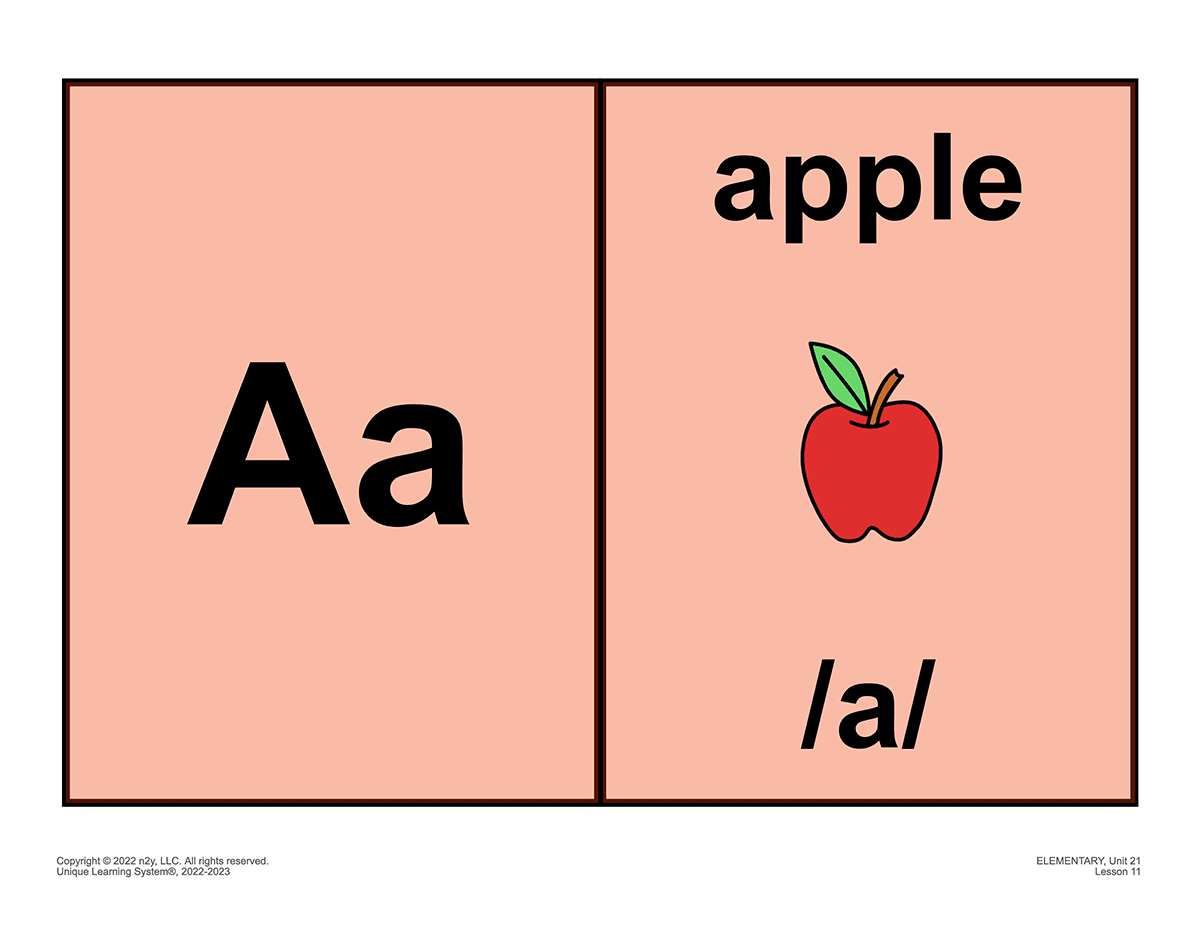
How ULS Addresses It
Unique Learning System provides age‑appropriate, direct, systematic instruction in alphabet knowledge and phonological awareness. For preschool and elementary students, the focus is on recognizing that spoken language is made up of sounds and those sounds can be used to communicate through reading and writing. Students at these levels work on letter‑sound knowledge, how to put those sounds together to make words, and identifying the sound patterns that we find in words. This improves engagement because students see language and topics that they identify with.
2. Phonics
Phonics instruction teaches children the relationships between the letters of written language and the individual sounds. It’s the foundation needed for both reading and writing. Since some sounds are spelled with multiple letters like “th” and “ch,” they should be systematically taught in a reading program.
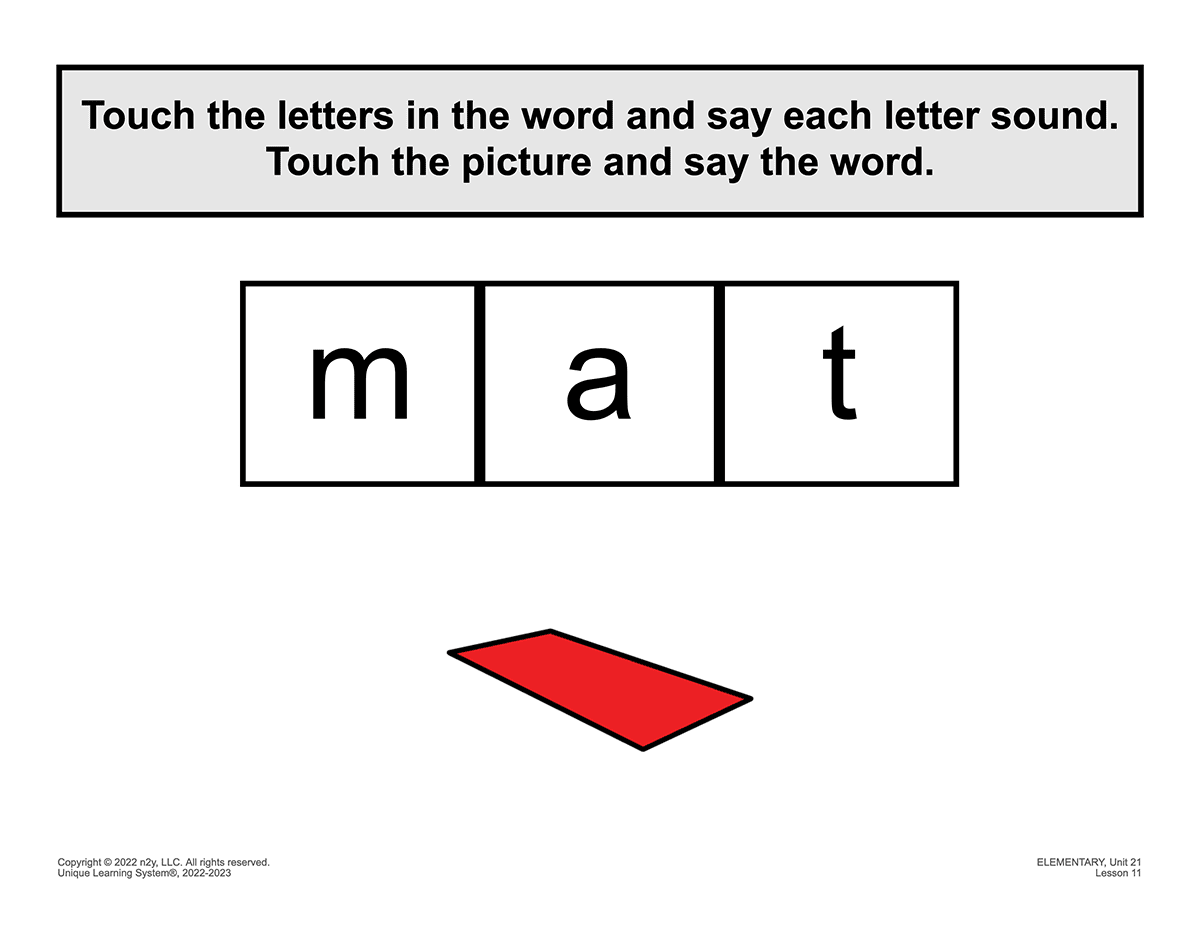
How ULS Addresses It
Unique Learning System builds phonics comprehension by exploring the sounds of consonants and vowels, strengthening letter‑sound knowledge, and showing how to use patterns to decode words. Students are provided opportunities to decode and encode words, read high frequency words, and put this knowledge into practice during shared and independent reading tasks.
3. Fluency
Fluency is the ability to read a text accurately and quickly, and with proper expression. It bridges the gap between word recognition and comprehending what is read. Note that fluency changes over time, a point made by the National Institute for Literacy publication Put Reading First. It should be based on practice, type of reading material, and level of text. One of the most important ways to teach fluent reading in a special education reading program is to model reading fluently.
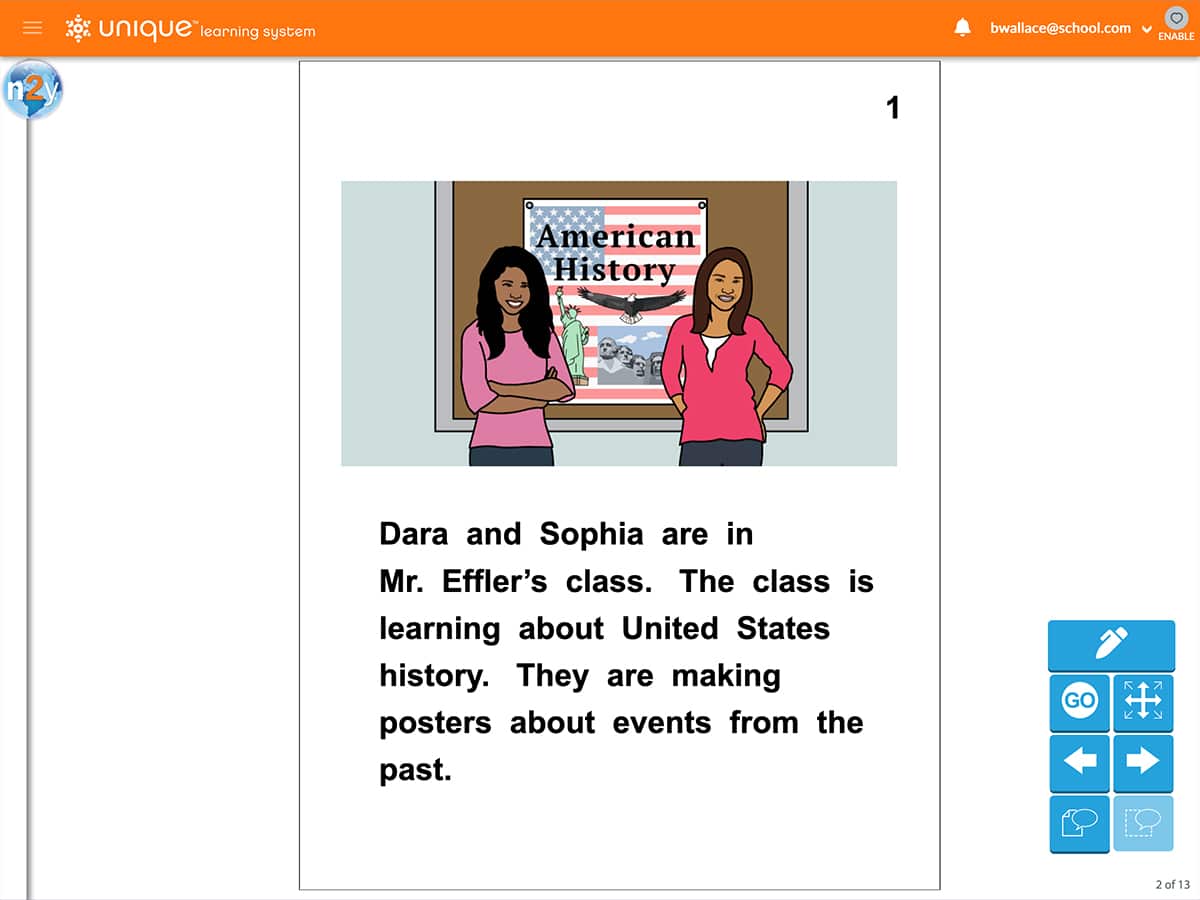
How ULS Addresses It
Unique Learning System’s lesson plans incorporate differentiation and high‑leverage instructional practices like modeling to meet a variety of needs. They include instructional targets in reading and step‑by‑step instructional routines. Lessons involve shared reading and multiple reads of the same text. Through this strategic guidance, all students get exposure to rich texts and fluent reading. This provides purposeful listening and reading opportunities.
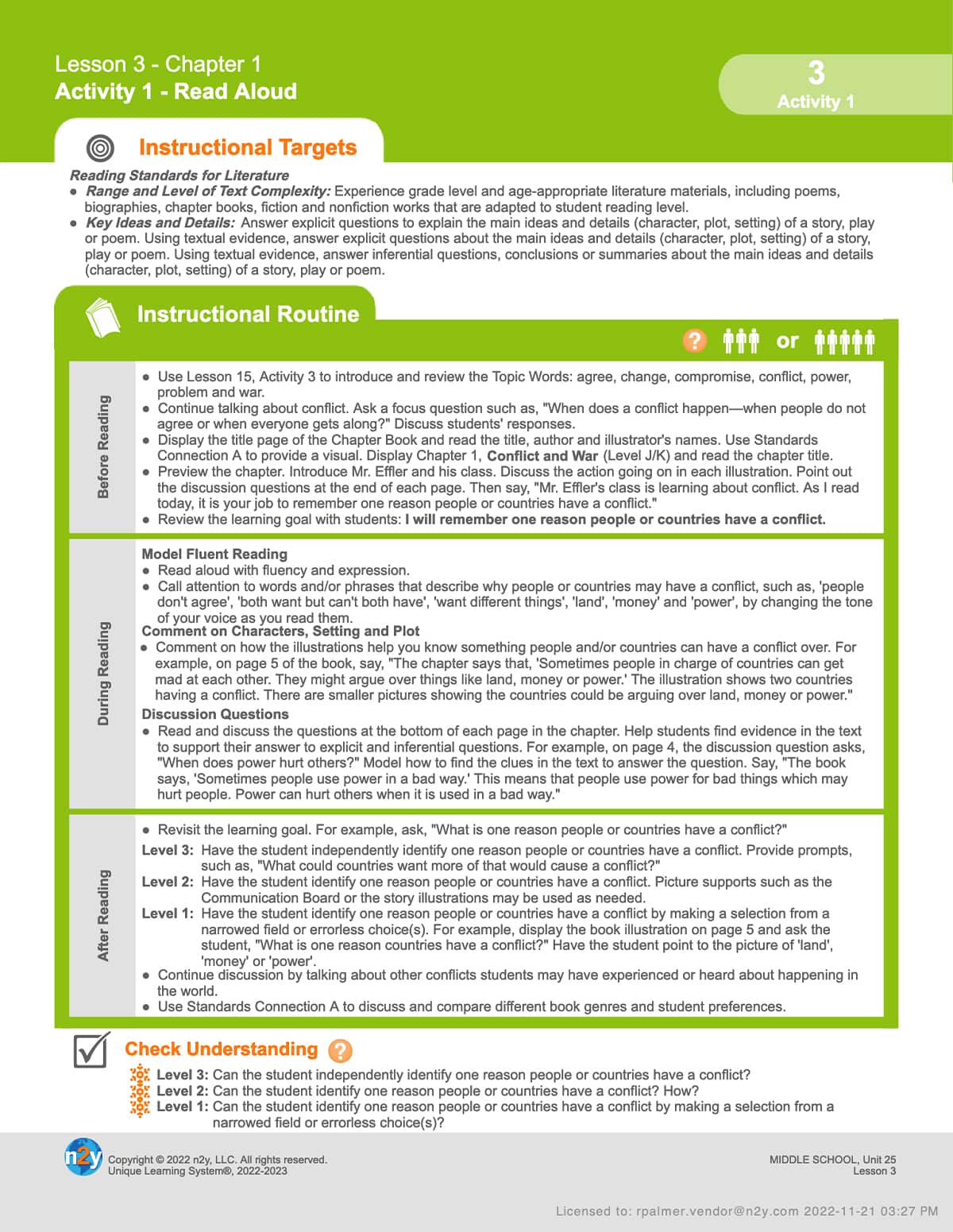
4. Vocabulary
Vocabulary refers to the words we must know to communicate effectively. Exposure to new words happens in many ways. These include but aren’t limited to direct and indirect exposure, oral communication, grade‑level texts, and books read aloud. Some students learn a portion of vocabulary by indirect exposure, but students with complex learning needs can benefit from direct instruction on specific word meanings, word groupings, and word strategies.
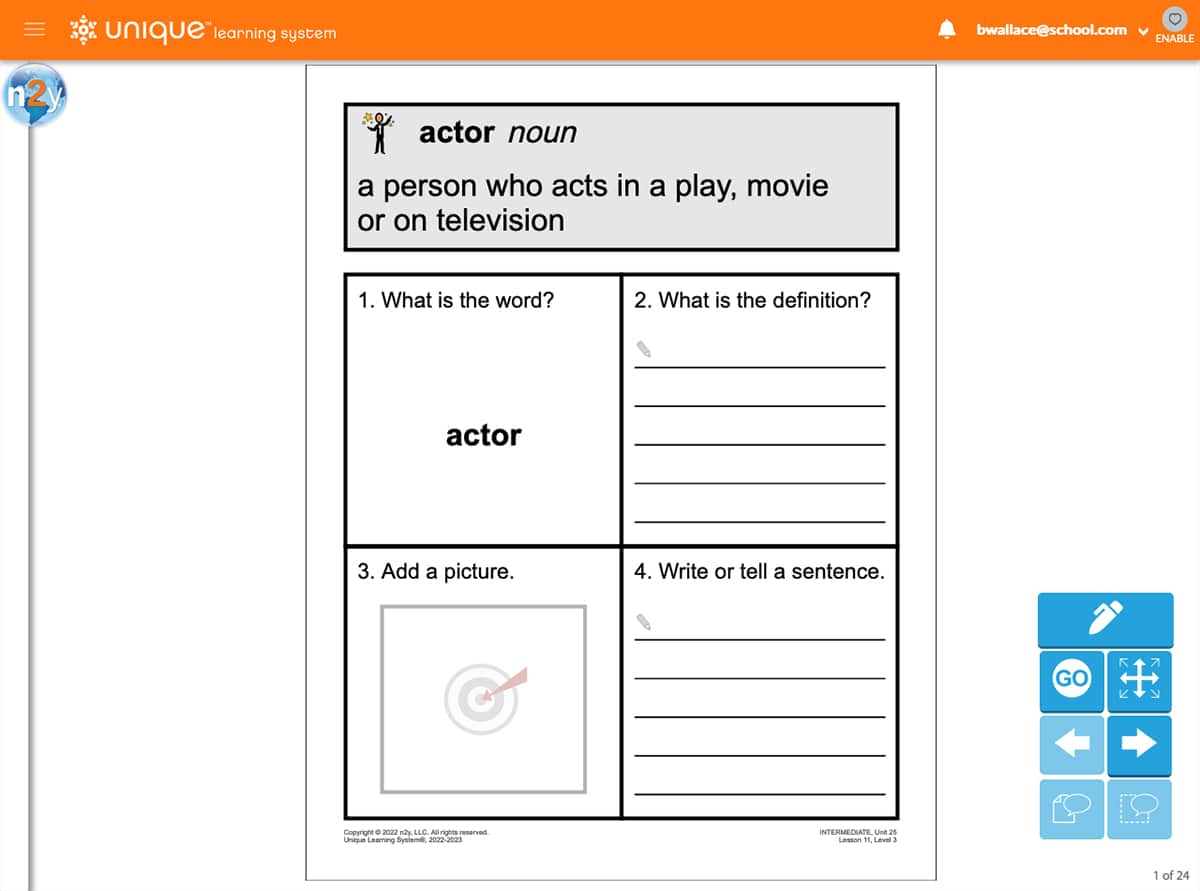
How ULS Addresses It
Vocabulary instruction capitalizes on a combination of natural and repeated, systematic exposure to targeted words and concepts. Students in elementary grades focus on word meaning through context clues and reference materials, as well as synonyms/antonyms and morphology with prefixes and suffixes. Differentiated lessons include high‑frequency words and key vocabulary in standards‑aligned activities to help learners at all levels build phonemic awareness, fluency, and language.
Additionally, high‑frequency words and vocabulary have more robust lessons that include multiple activities and exposure to key words. This creates a valuable connection across subjects such as science and social studies and promotes generalization.
5. Comprehension
Comprehension is the reason for reading. It’s our goal to provide students with sufficient exposure and practice in literacy that align appropriately with their grade level, as well as access to texts that align with their comprehension level. Students need to be exposed to rich texts, read-alouds, and opportunities for scaffolded reading to support their comprehension of written language.
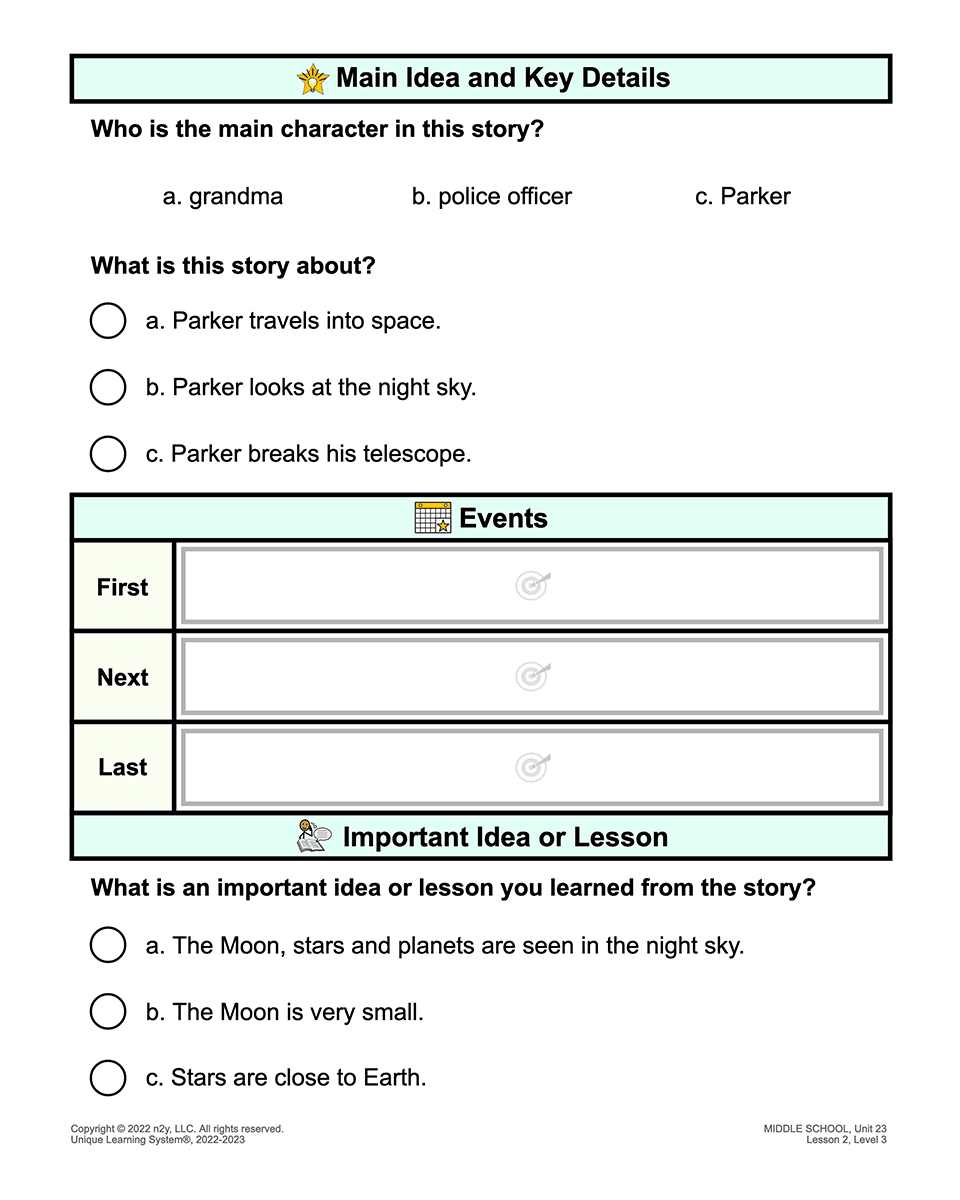
How ULS Addresses It
Teachers can access a variety of evidence‑based strategies within Unique Learning System’s lesson plans. Examples are activating background knowledge, scaffolding questioning, analyzing text structure, and summarizing. These strategies ensure that students can comprehend and apply their newly acquired knowledge when reading independently.
Additional reading material
Self‑selected reading opportunities based on interest are also incorporated into lesson plans. Self‑selected books provide essential learning experiences in the classroom. They give educators a window into the curiosities and desires of learners who may not be able to convey their choices by any other means.
Built‑in library of books
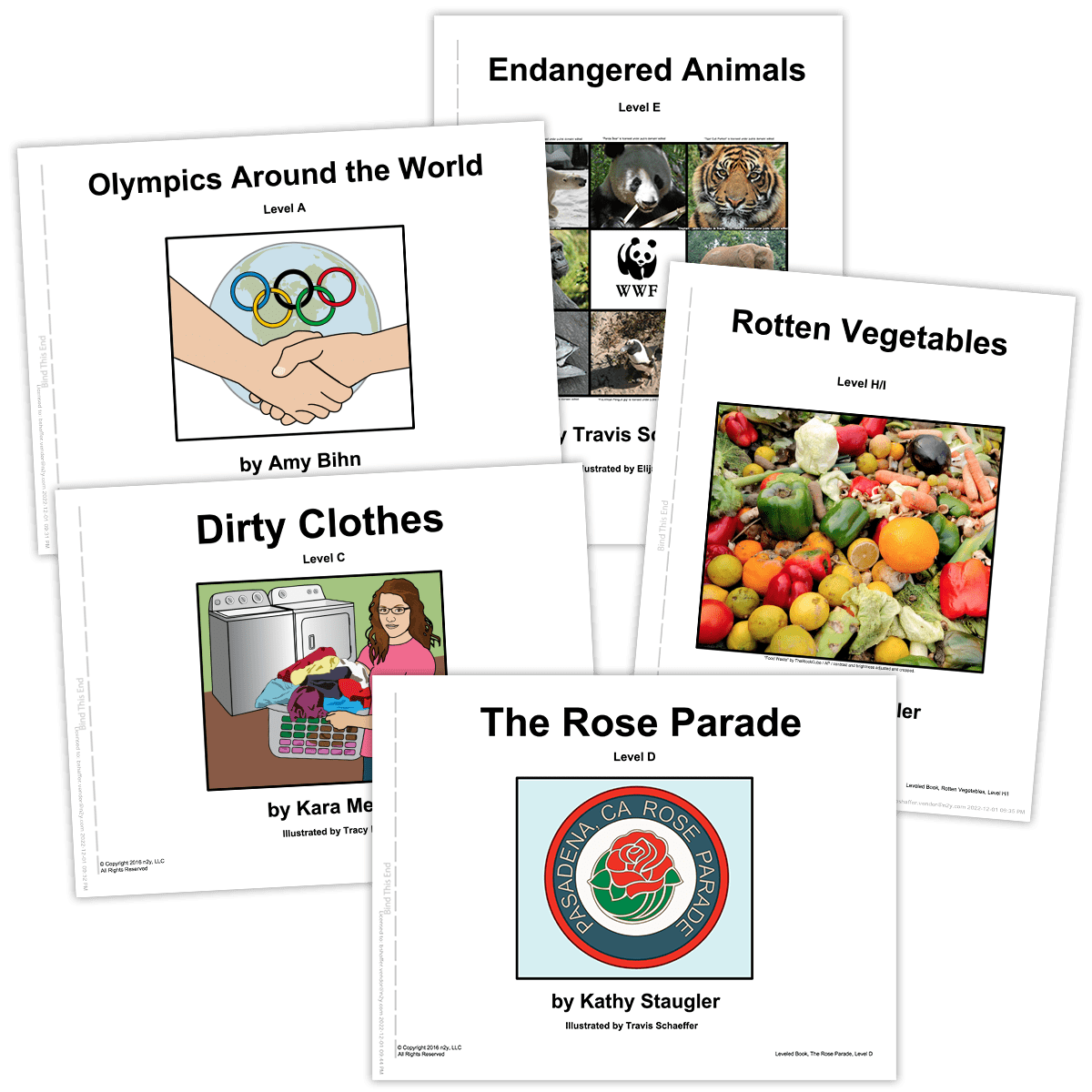
Students have over 1,000 online, interactive books to choose from in the n2y Library. They can read fiction, nonfiction, informational texts, poetry, charts, graphs, maps, and more. These reading opportunities give students with a variety of learning styles engaging ways to develop their reading comprehension and love of learning.
Supplemental novels and plays
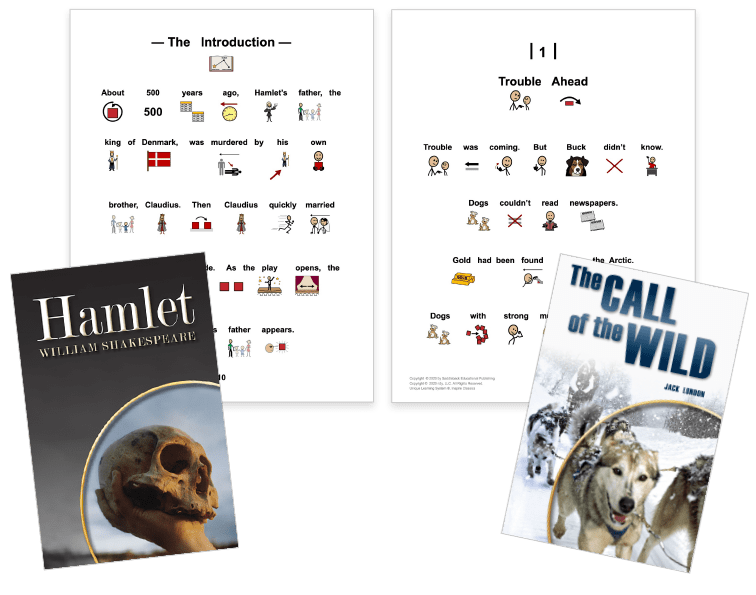
For middle and high school students, Classics introduces opportunities to read world‑renowned literature. It provides adapted texts, lesson plans that support differentiation, interactive vocabulary activities, end‑of‑chapter comprehension questions, and end‑of‑book activities. These give students access to the same material that their general education peers are reading at their own, unique level of understanding. Titles include The Call of the Wild, Romeo and Juliet, and many more!
Stronger teaching and learning
For teachers, a spiraling scope and sequence provides the repetition that the science of reading shows is essential for unique learner growth. Grab‑and‑go lesson plans streamline the planning and implementation of supports for specially designed instruction. And easy‑to‑use progress monitoring tools and multiple assessments give teachers valuable insights into student progress so they can make data‑driven instructional decisions.
For students, Unique Learning System offers an immersive, real‑world emergent literacy experience with multiple text formats of various types of literature. This helps ensure they learn the fundamentals of the reading process.
Summary
As you can see, Unique Learning System provides both the depth and breadth required of an inclusive reading program that includes systematic, explicit, research‑based literacy instruction as part of the science of reading pedagogy. It’s also a great companion to specially designed instruction, empowering teachers to teach and students to achieve measurable growth toward state standards and IEP goals. Educators who use ULS love and trust it because they get more time with their students and see them make progress every day!



